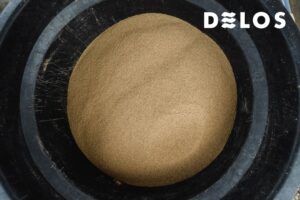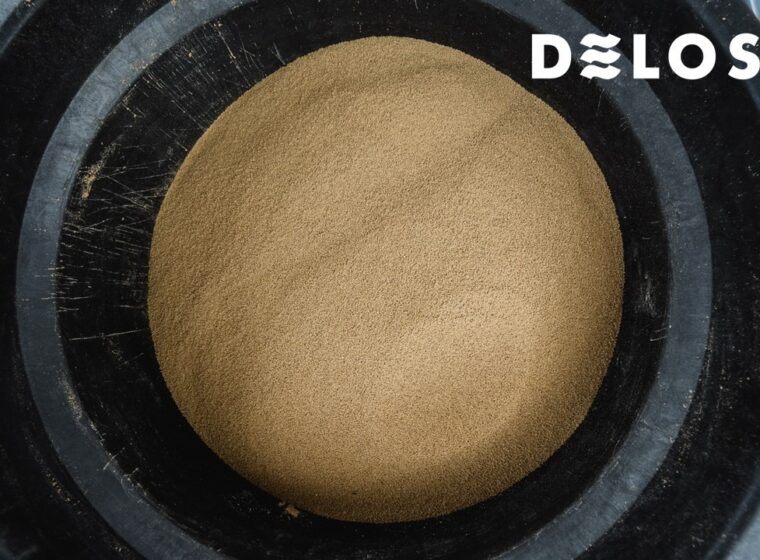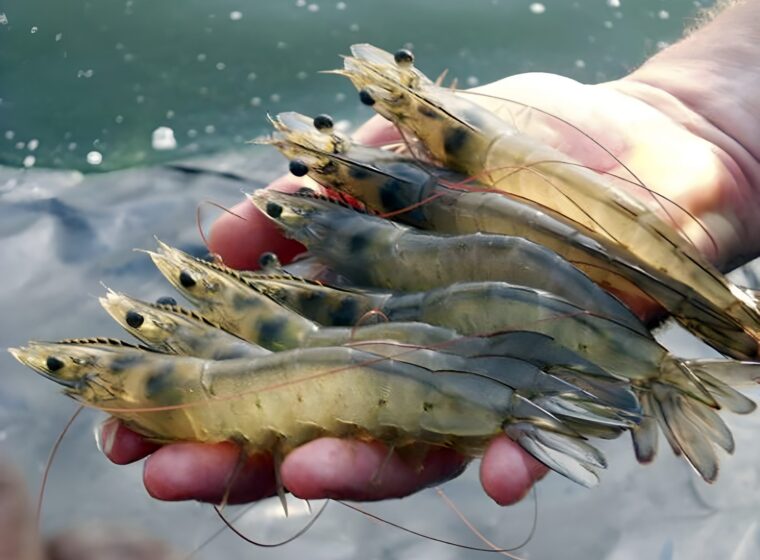The quality shrimp of feed plays a crucial role in aquaculture, serving as a primary element that supports shrimp growth. In this context, the provision of quality shrimp feed becomes a determining factor in the growth and success of cultivation.
Vannamei shrimp require nutrients from feed for their growth. The adequacy of nutrients in the feed is also believed to help enhance the shrimp’s immunity against pathogen attacks. Some essential nutrients in shrimp feed include protein, lipids, carbohydrates, minerals, and vitamins.
Protein is the largest component in quality vannamei shrimp feed. However, does quality shrimp feed need to have a high protein content?
Also Read: Economic Strategies in Shrimp Farming During Price Downturns
The Role of Protein in Shrimp Growth

Protein is an essential nutrient required by shrimp to support their bodily functions. Adequate protein content is crucial because protein plays a role in the formation of body tissues, enzymes, and hormones that support shrimp growth.
Quality shrimp feed with sufficient protein content can help ensure that shrimp receive enough nutrition for their body metabolism.
Good Protein Content in Shrimp Feed
Protein is the largest component in quality vannamei shrimp feed. Protein content in feed is generally expressed as a percentage of crude protein, for example, 30%, 35%, 45%, and so on. Protein levels are considered high if they fall within the range of 35-45%, while they are considered moderate to low at 30-35% or below.
Also Read: 5 Tips for Accelerating Vannamei Shrimp Growth When Cultivating
High Protein vs. Low Protein Feed
It is important to pay attention to feed management and water quality when determining the protein level in feed because the interaction between feed, shrimp, and water quality significantly impacts optimal production results.
High-protein feed, while promoting rapid shrimp growth, also carries certain consequences. High-protein sources, such as fish meal and shrimp head meal, provide an attractive aroma for shrimp.
However, using high-protein feed can increase the levels of total ammonia, nitrite, and nitrate in the water, as well as result in unused feed being discarded as shrimp waste.
On the other hand, low-protein feed can be a more cost-effective option. Feed with a protein content of 30-35% is considered sufficient to meet the metabolic needs and growth of shrimp. However, palatability and feed quality should also be considered to prevent waste.
Therefore, farmers must implement good feed management to ensure that feeding does not hurt their cultivation.
Feed management can be enhanced through a feed rotation strategy, replacing high-protein feed with low-protein feed. This strategy is based on considerations of age, size, weight, and nutritional needs of shrimp, to improve cost efficiency and harvest results.
Also Read: Nutritional Needs of Vannamei Shrimp for Optimal Growth
Vannamei Shrimp Farming is More Profitable with DELOS!
The selection of protein levels in quality shrimp feed must be accompanied by good feed management. Evaluating protein quality, nutritional balance, and support for shrimp body metabolism are key factors in achieving efficient and sustainable cultivation results, minimizing negative impacts on water quality and the surrounding environment.
Monitoring and managing feed properly can ensure optimal growth of your vannamei shrimp. Therefore, you can entrust the management of your vannamei shrimp farming to DELOS!
DELOS is a top aquatech startup based on the best practices of science, technology, and operational management that help you manage shrimp ponds for the best productivity results.
DELOS pond management is also integrated with the AquaHero application to make it easy for you to monitor your pond conditions anytime, anywhere.
Contact the DELOS team via contact@delosaqua.com or submit your questions through the comment section on our website at www.delosaqua.com. Vannamei shrimp farming is more profitable with DELOS!




